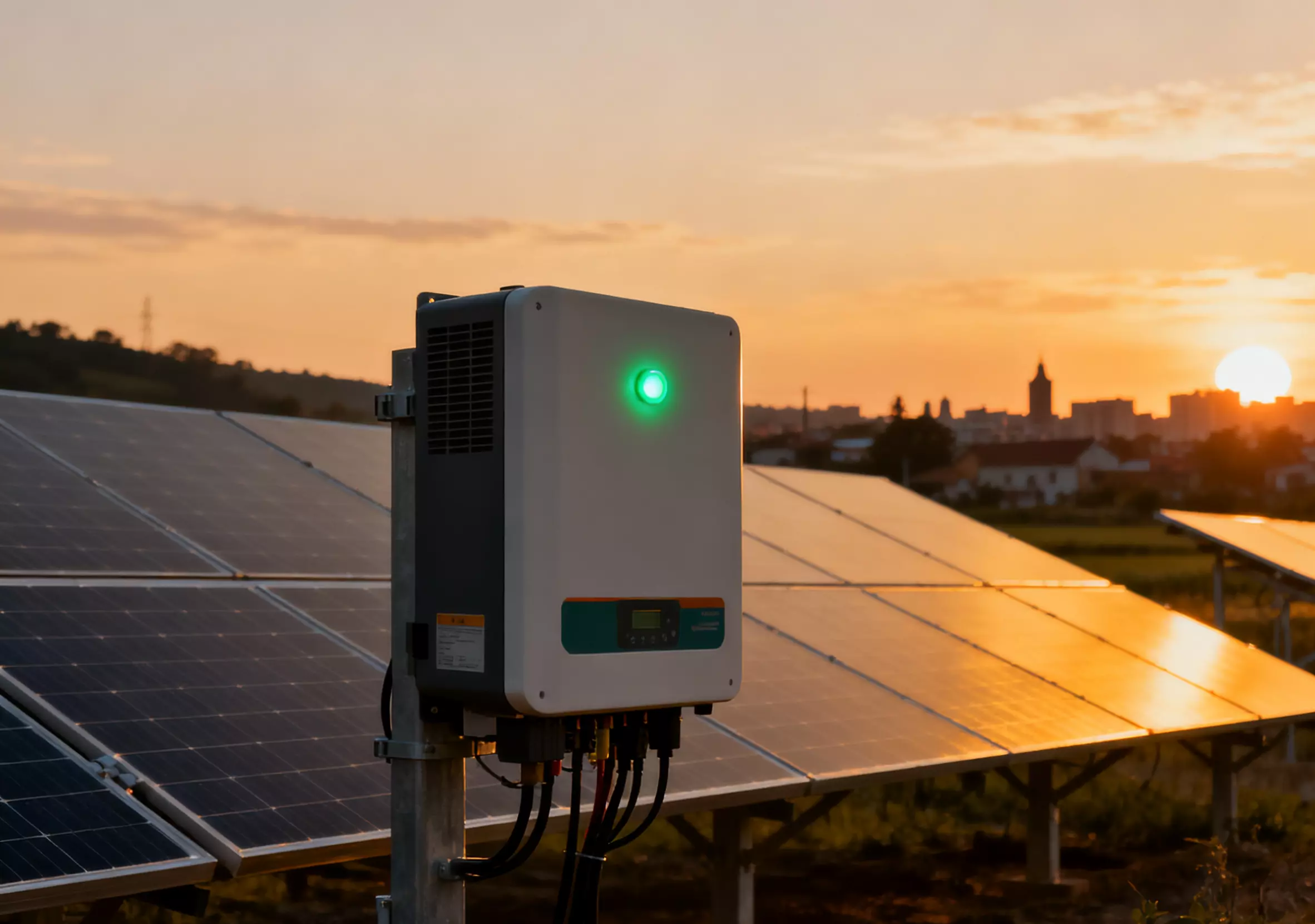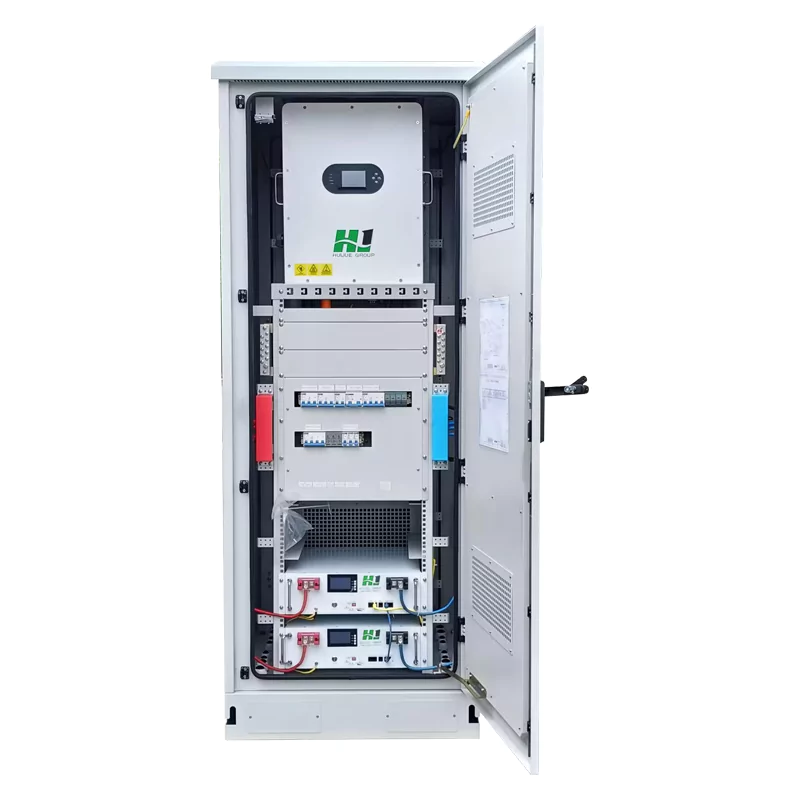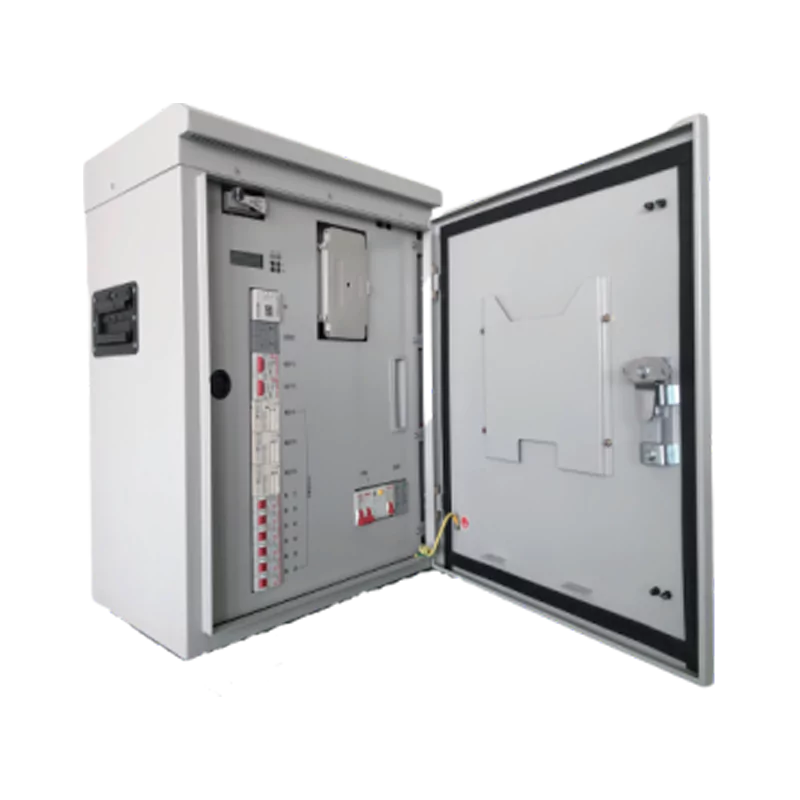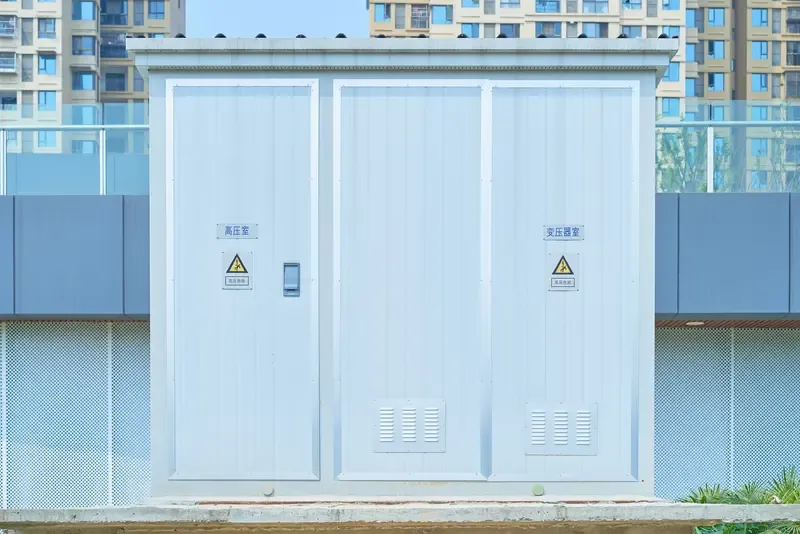No matter if the inverter is part of a rooftop distributed system, a ground-based system, or a photovoltaic project in a mountain, fish pond, or greenhouse, it still serves as the crucial “heart” of the entire system. It is responsible for not only the power generation efficiency but also the safety, lifespan, and overall return on investment of the power plant. So, how should we scientifically select an inverter for different types of distributed photovoltaic power plants? Today, we will provide a systematic analysis from four aspects: scenario matching, efficient power generation, system design, and intelligent operation and maintenance.
1. Scenario Matching: Choosing the Right Inverter Based on Local Conditions
Distributed photovoltaic project types vary greatly, and inverter selection should be based on the application scenario, matching different power and grid requirements.
Residential Rooftop and Garden Systems
For smaller capacity and flexible layout, single-phase string inverters, such as 3–8kW models, are suitable. They are easy to install and cost-effective.
Commercial and Industrial Rooftops and Large and Medium-Sized Systems In general, three-phase string inverters are the ones that are always suggested for high voltage levels and large system capacities, as they can cope with complex roof structures and multi-directional installations.
Also, distributed ground-mounted photovoltaic systems and agricultural greenhouses can. Models with low- or medium-voltage grid-connection capabilities and excellent environmental resistance are the only suitable ones for complex environments, high levels of obstruction, and large temperature fluctuations.
For example, in a low-voltage grid-connected scenario with a voltage of 380V, an inverter of 220V/380V rated output can be selected; in a medium-voltage grid-connected project, a high-power inverter with 480V output and no neutral conductor is needed to guarantee stable system operation. Proper matching of models can guarantee that a photovoltaic system will have fewer failures and produce more power, thereby achieving a more efficient energy utilization.

2. Efficient Power Generation: The Key Relies on Inverter Efficiency and MPPT Algorithm
Inverter efficiency is one of the core performance indicators for a photovoltaic system. It includes two categories:
Maximum efficiency: The peak performance of the device under ideal conditions.
Weighted efficiency: The overall performance under normal operating conditions, which is more meaningful.
True high-efficiency power generation depends not only on conversion efficiency but also on the MPPT (maximum power point tracking) algorithm. When light and temperature fluctuate, inverters must accurately track the maximum power point of the module output to minimize losses.
Currently, leading-edge products in the industry can achieve dynamic MPPT efficiencies exceeding 99%.
For example, high-end inverters using a “three-point hill climbing” algorithm can quickly respond to complex lighting conditions, increasing power generation by 3%-5%. For commercial and industrial photovoltaic projects generating hundreds of thousands of kWh annually, this difference can yield significant economic benefits.
3. System Design: From PV panels to mounting brackets, “matching” is essential.
Inverter resolution should not be viewed in isolation; it need to be built-in with the basic device design.
Voltage Matching: The wide variety of PV strings have to healthy the inverter’s enter voltage vary to keep away from overvoltage dangers triggered with the aid of temperature differences.
PV Module Quality: Optimize the use of legit manufacturers to make sure long-term reliability and stop untimely electricity degradation.
Mount Design: Optimize the tilt perspective primarily based on elements such as daylight intensity, location, and rooftop orientation to maximize daylight utilization.
Grid Compatibility: The inverter must possess excellent current harmonic control capabilities and zero-crossover capability to meet national grid connection standards.
A sound design not only increases system power generation but also reduces maintenance costs and extends the life of the power plant.
4. Intelligent Operation and Maintenance: Making the Power Plant “Visualized, Manageable, and Optimizable”
With the development of digital technology, the operation and protection of PV electricity vegetation no longer depends on guide inspections.
Intelligent monitoring structures gather real-time information from every inverter, string, and electricity storage system, enabling far off administration and fault warnings. Large energy flora can undertake a centralized monitoring + decentralized records series model, with real-time evaluation in a unified information center.
Residential and commercial projects often utilize Wi-Fi/GPRS wireless monitoring, allowing users to check power plant operating status at any time via a mobile app.
Intelligent O&M not only improves system reliability but also significantly reduces post-production labor costs, enabling truly “unmanned” operation.
5. Inverter + Energy Storage: Helping PV Systems Achieve Higher Profits
Currently, an increasing number of distributed PV projects are incorporating energy storage systems to achieve integrated “generation, storage, and utilization.”
Amidst fluctuating electricity prices and widening peak-to-valley differences, combining PV generation with energy storage equipment allows for storing electricity during off-peak periods and using or selling it during peak periods, significantly improving return on investment.
For example, Huijue Group’s series of PV energy storage inverters not only achieves efficient energy conversion but also supports the EMS intelligent dispatching system.
Whether it is a industrial or industrial dispensed energy plant or a rural rooftop project, they can obtain the twin advantages of self-generation and self-consumption, with surplus electrical energy handy for grid connection. The addition of strength storage shortens the electricity plant’s income cycle and enhances machine stability, imparting companies and customers with greater bendy electricity administration solutions.
For greater product details, please go to the Huijue Photovoltaic Energy Storage Inverter product page.
Conclusion
Choosing a dispensed photovoltaic inverter isn’t always simply a evaluation of strength or brand; it’s a stability between common gadget efficiency, affordability, and safety.Choosing the proper inverter is the first step towards constructing a high-yield strength plant;
Integrating shrewd power storage options is a essential step towards future power management.
In an generation of remarkable improvement of new energy, Huijue Group will proceed to promote the integration of photovoltaics and power storage with progressive technologies, imparting greater dependable and clever electricity options to customers round the world.







